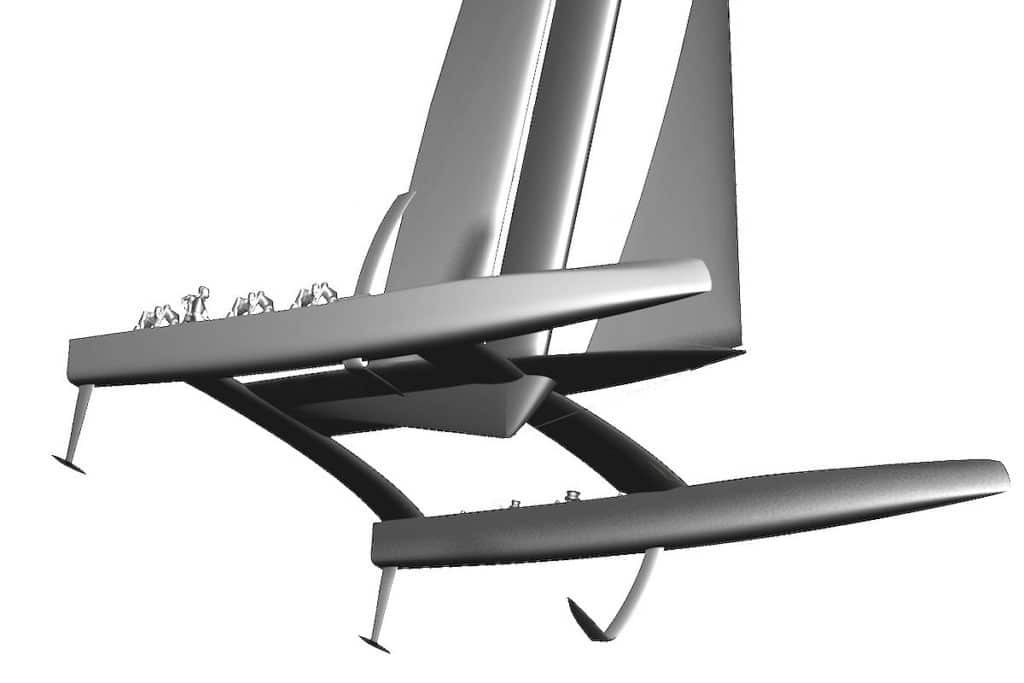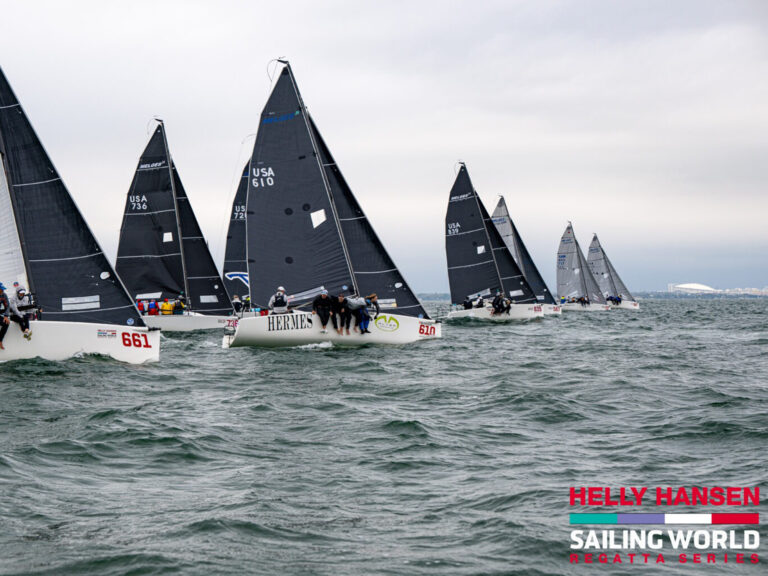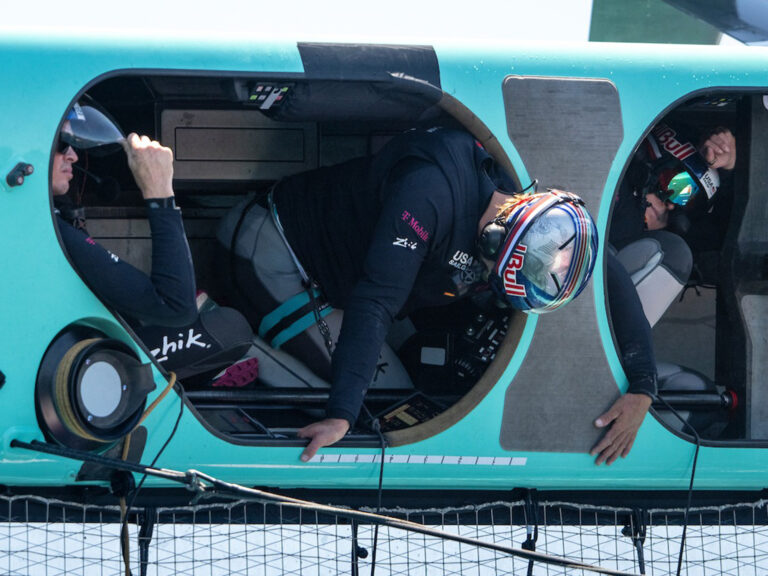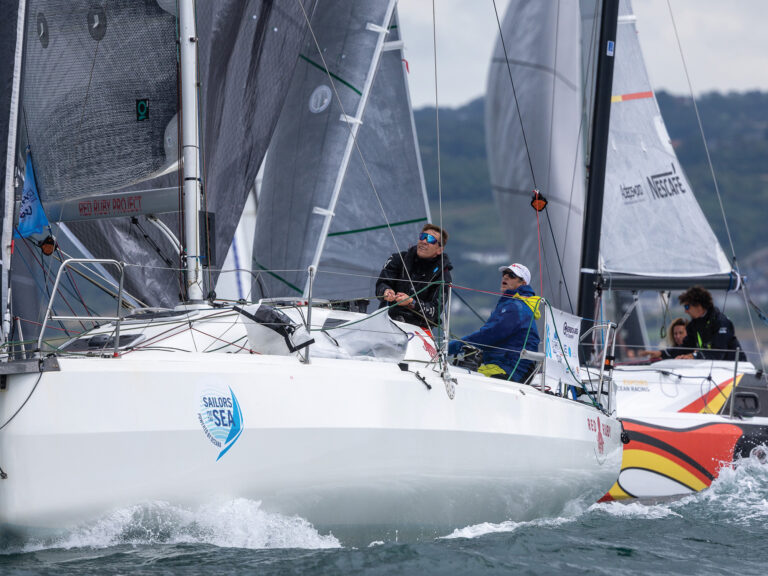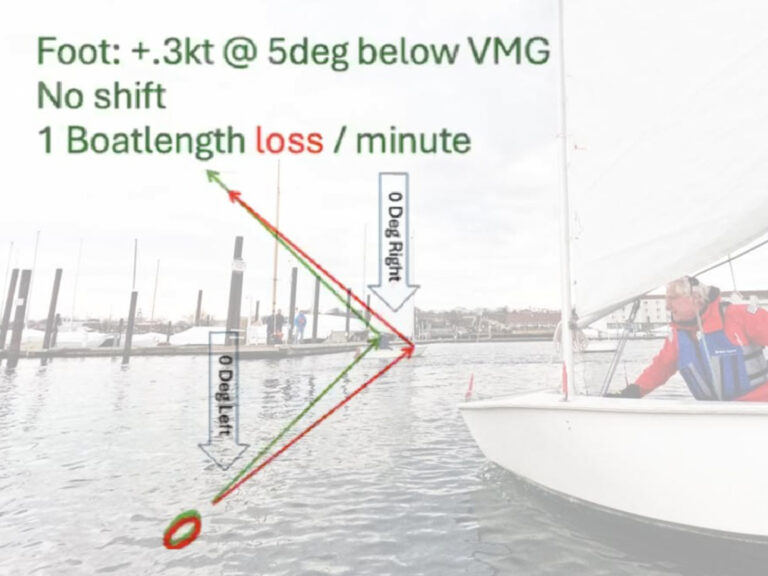Team Australia syndicate head Iain Murray was one of the principal negotiators of the Protocol for the 35th America’s Cup. As CEO and Regatta Director of the 34th America’s Cup, Murray was on the front lines of one of the more star-crossed Cups in recent memories: the lack of entries and death of Artemis Racing crewman Bart Simpson being two of the primary detractions. Murray was keen to address topics such as cost savings and safety in the new Protocol, and thinks those goals have been achieved.
What do you think this Protocol achieves? It achieves a workable platform to pick up where the 34th America’s Cup left off. The big thing with the last Cup is that Oracle spent a lot of money and wasn’t prepared to do that again. So this document has taken up where the event left off last year, trying to promote efficiency, cost savings and strong competition. It’s probably more focused on the events, a shorter, sharper focus on events.
Who were the main negotiators that worked on the document? We dealt with three people, Oracle Team USA’s Russell Coutts, Grant Simmer and ACEA lawyer Sam Hollis. On our part, there was myself, Team Australia COO Michael Jones, rules advisor Richard Slater, and the Oatleys [supporters of the challenge].
In late March you said the negotiations were in a stalemate. What were some of the sticking points? Split venues, number of boats, nationality, commercial rights, web page—there were a whole lot of things.
You’ve been clear in stating that cost savings is a primary goal; how have costs been reduced and how much of a cost savings might teams realistically see? There are opportunities for teams to save. There’s a realization for teams to work together. If they chose to do so, there’s a potential for big savings. If competitors want to spend huge amounts of money, they can. If they want huge numbers of designers and researchers and an expensive staff for three years, they’re going to spend a lot of money. Hopefully what we’ve achieved is a more sensible approach. There are limitations on development that will reduce budgets. At the end of day, the Cup is looking for more competitive teams. I stress more competitive, as opposed to just more. Look back at where we were. The last Louis Vuitton Cup was a disaster. Had the Kiwis won the Cup 9 to 1, it would’ve been a disaster, too. Luckily, the competition turned around and it’s been hailed as the best Cup. But it was within one race of being a lopsided competition. Clearly people enjoyed the strong competition at the end. What we need is lots of strong teams to ensure all races are good races.
What else was important for you to get done and did you achieve those desires? Safety is always close to our heart. A lot of attention was paid to that. No one doubts that. The procedures for testing and structural layout were continual considerations to make the AC62s not only fast and spectacular, but also safe.
“It’s a large undertaking for a team to build second boat and field a second crew.”
This protocol is 78 pages in length. The first protocol for the 34th Cup was only 41 pages. What experiences were encountered through the last Cup that had to be addressed in this document? Last time many things needed to be done and were achieved through the commercial and competitor forums that were established after the Protocol was issued. We had to write the racing rules, and lots and lots of things. We’re much wiser now. A lot of things in detail have been written into the event with fewer decisions to be made along the way. It’s a good thing that everyone knows what it is going into the event. The defender was trying to tighten up a lot of things, all of that turns into words on paper.
How many teams do you realistically see entering? If we get six teams, it will be hailed as a success, but it has to be six good teams. We thought we had 14 last time. I can remember sitting in city hall and listening to the mayor and Larry Ellison, and 14 turned to three. That wasn’t a successful period. Hopefully we have six competitive teams. If we get more than that, it would be fantastic.
The defender also gets to build two boats. And although there are limits on when and which rounds it may be raced, do these permissions give the defender a leg up on the competition? What’s important is that all teams have one race boat. The defender gets a trial horse when they can’t sail with the challengers (when the racing advances to the playoffs). They are governed by the same rules to make modifications and they get to sail against a trial horse. It’s a large undertaking for a team to build second boat and field a second crew. The challengers have the option to sail together and race together. I think it’s reasonable the defender gets a trial horse. The defender wanted to race a second boat, but we didn’t accept them racing a second boat they could implement changes to. It has to be the same as the first boat. The important thing is that they can’t race the second boat unless the first is destroyed, and that would be up to the jury to decide. I think there’s been a lot more read into that.
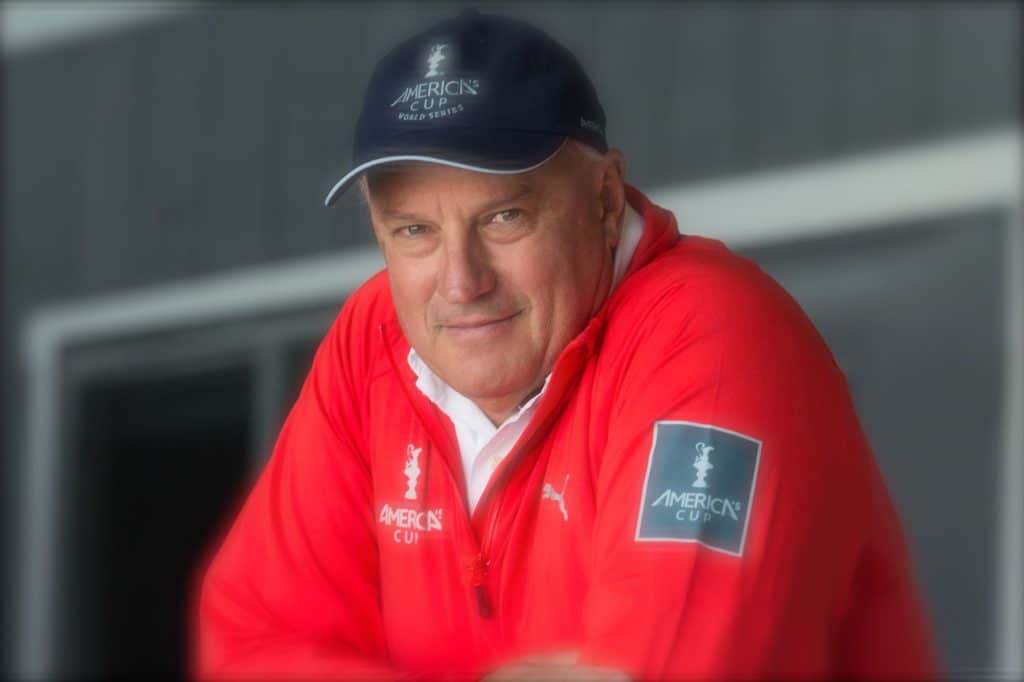
Iain Murray
